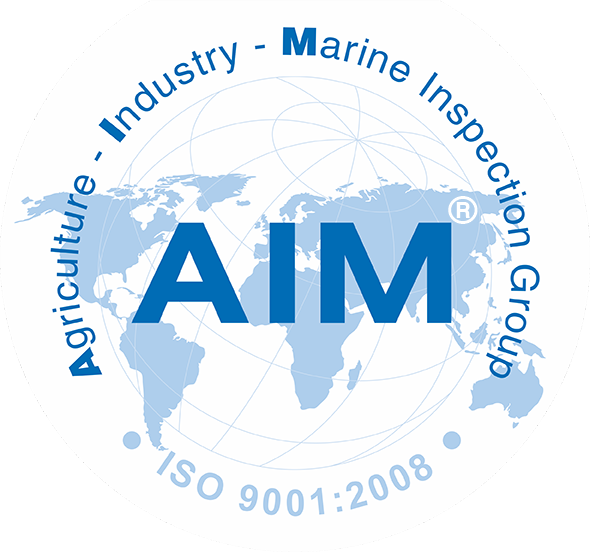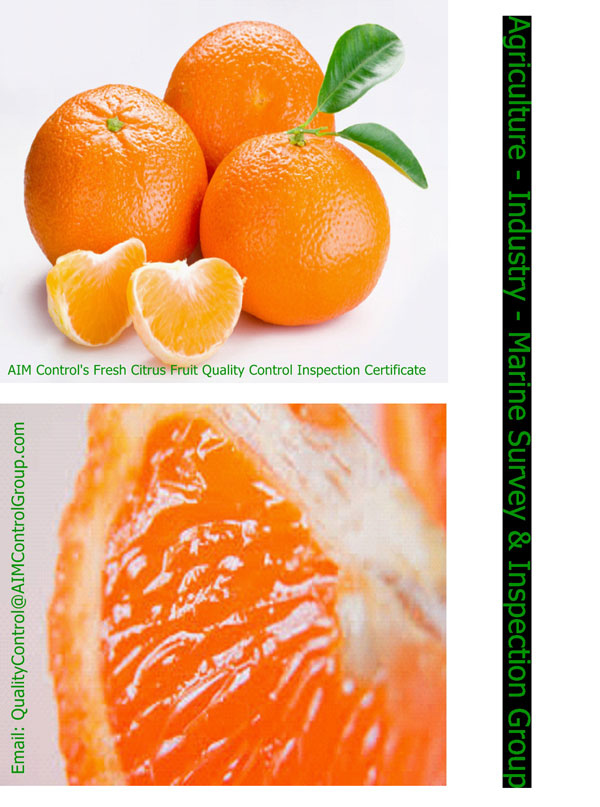Fresh Citrus Fruit Quality Control Inspection Certificate
Fresh Citrus Fruit Quality Control Inspection Certificate
Fresh Citrus Fruit are agricultural product of planting of vegetable and fruits, AIM Control (AIM Group®) offers a fresh citrus fruit quality control inspection certificate services is to provide the verification on classification of origin places, refrigerated storage, processing and packing, exportation and sales, specializing in manufacturing and processing green, environmental friendly, organic, healthy, nutritive, non-pesticide residue vegetable and fruits. Email, Cell: +84903615612.
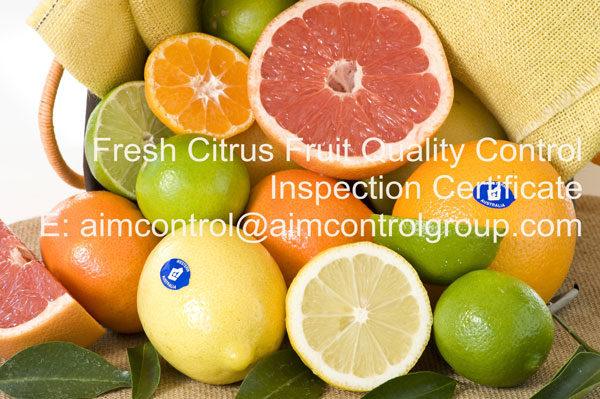
We provide fresh citrus fruit quality control inspection and certification services to the fresh citrus fruit growers, fresh citrus fruit purchasers, fresh citrus fruit suppliers, fresh citrus fruit buyers, fresh citrus fruit consignee, fresh citrus fruit customers from standard to special products, concerning year-round supply contracts:
-
Audits to farms (crop and post harvest).
-
Quality control in farms and cargo agencies.
-
Audits and assessments to farms.
-
Assessments of chemicals and biological fresh citrus fruit products.
-
Monitoring and control of fresh citrus fruit shipments.
-
Production feasibility analysis of production units.
-
Fresh citrus fruit crop research.
-
Fresh citrus fruit pre-shipment inspection
-
Quality fresh citrus fruit inspection
-
Fresh citrus fruit specification inspection
-
Packing of fresh citrus fruit verification
-
Loading of fresh citrus fruit supervision
-
Damage extent of fresh citrus fruit survey
-
Fresh citrus fruit certificate
-
Witness of destruction of fresh citrus fruit damage
Minimum requirements of AIM Control’s quality control and inspection on fresh citrus fruit
In all classes, subject to the special provisions for each class and the tolerances allowed, the citrus fruit must be:
-
intact
-
free of bruising and/or extensive healed overcuts
-
sound; produce affected by rotting or deterioration such as to make it unfit for consumption is excluded
-
clean, practically free of any visible foreign matter
-
practically free from pests
-
free from damage caused by pests affecting the flesh
-
free of signs of shrivelling and dehydration
-
free of damage caused by low temperature or frost
-
free of abnormal external moisture
-
free of any foreign smell and/or taste.
The development and condition of the citrus fruit must be such as to enable it:
-
to withstand transportation and handling
-
to arrive in satisfactory condition at the place of destination.
Maturity requirements of AIM Control’s fresh citrus fruit quality control inspection certificates
The citrus fruit must have reached an appropriate degree of development and ripeness, account being taken of criteria proper to the variety, the time of picking and the growing area.
Maturity of citrus fruit is defined by the following parameters specified for each species below:
-
minimum juice content
-
minimum total soluble solids content, i.e. minimum sugar content
-
minimum sugar/acid ratio
-
colouring.
The degree of colouring shall be such that following normal development the citrus fruit reach the colour typical of the variety at their destination point.
Classification on fresh citrus fruit
Citrus fruit is classified in three classes, as defined below:
"Extra" Class
Citrus fruit in this class must be of superior quality. It must be characteristic of the variety and/or commercial type.
It must be free from defects, with the exception of very slight superficial defects, provided these do not affect the general appearance of the produce, the quality, the keeping quality and presentation in the package.
Class I
Citrus fruit in this class must be of good quality. It must be characteristic of the variety and/or commercial type.
The following slight defects, however, may be allowed, provided these do not affect the general appearance of the produce, the quality, the keeping quality and presentation in the package:
-
a slight defect in shape
-
slight defects in colouring, including slight sunburn
-
slight progressive skin defects, provided they do not affect the flesh
-
slight skin defects occurring during the formation of the fruit, such as silver scurfs, russets or pest damage
-
slight healed defects due to a mechanical cause such as hail damage, rubbing or damage from handling
-
slight and partial detachment of the peel (or rind) for all fruit of the mandarin group.
Class II
This class includes citrus fruit that does not qualify for inclusion in the higher classes but satisfies the minimum requirements specified above.
The following defects may be allowed, provided the citrus fruit retains its essential characteristics as regards the quality, the keeping quality and presentation:
-
defects in shape
-
defects in colouring, including sunburn
-
progressive skin defects, provided they do not affect the flesh
-
skin defects occurring during the formation of the fruit, such as silver scurfs, russets or pest damage
-
healed defects due to a mechanical cause such as hail damage, rubbing or damage from handling
-
superficial healed skin alterations
-
rough skin
-
a slight and partial detachment of the peel (or rind) for oranges and a partial detachment of the peel (or rind) for fruit of the mandarin group
Provisions concerning sizing
Size is determined by the maximum diameter of the equatorial section of the fruit or by count.
Minimum size
The following minimum sizes apply:
|
Fruit |
Diameter (mm) |
|
Lemons |
45 |
|
Persian limes |
42 |
|
Mexican and Indian sweet limes |
25 |
|
Satsumas, other mandarin varieties and hybrids |
45 |
|
Clementines |
35 |
|
Oranges |
53 |
|
Grapefruit and hybrids |
70 |
|
Pummelos and hybrids |
100 |
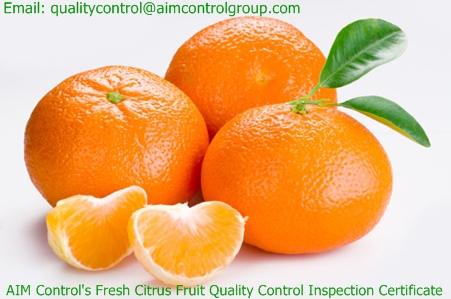
Provisions concerning tolerances
At all marketing stages, tolerances in respect of quality and size shall be allowed in each lot for produce not satisfying the requirements of the class indicated.
Quality tolerances (AIM Control (AIM Group®) quality control and inspection on fresh citrus fruit)
"Extra" Class
A total tolerance of 5 per cent, by number or weight, of citrus fruit not satisfying the requirements of the class but meeting those of Class I is allowed. Within this tolerance not more than 0.5 per cent in total may consist of produce satisfying the requirements of Class II quality.
Class I
A total tolerance of 10 per cent, by number or weight, of citrus fruit not satisfying the requirements of the class but meeting those of Class II is allowed. Within this tolerance not more than 1 per cent in total may consist of produce satisfying neither the requirements of Class II quality nor the minimum requirements, or of produce affected by decay.
Class II
A total tolerance of 10 per cent, by number or weight, of citrus fruit satisfying neither the requirements of the class nor the minimum requirements is allowed. Within this tolerance not more than 2 per cent in total may consist of produce affected by decay.
Size tolerances
For all classes: a total tolerance of 10 per cent, by number or weight, of citrus fruit corresponding to the size immediately below and/or above that (or those, in the case of the combination of three sizes) mentioned on the package is allowed.
Uniformity
The contents of each package must be uniform and contain only citrus fruit of the same origin, variety or commercial type, quality and size, and appreciably of the same degree of ripeness and development.
In addition, for "Extra" Class, uniformity in colouring is required.
However, a mixture of citrus fruit of distinctly different species may be packed together in a sales package, provided they are uniform in quality and, for each species concerned, in variety or commercial type and origin.
The visible part of the contents of the package must be representative of the entire contents.
Packaging Control
The citrus fruit must be packed in such a way as to protect the produce properly.
The materials used inside the package must be clean and of a quality such as to avoid causing any external or internal damage to the produce. The use of materials, particularly of paper or stamps bearing trade specifications, is allowed, provided the printing or labelling has been done with non-toxic ink or glue.
Stickers individually affixed to the produce shall be such that, when removed, they neither leave visible traces of glue, nor lead to skin defects.
If the fruit is wrapped, thin, dry, new and odourless paper must be used.
The use of any substance tending to modify the natural characteristics of the citrus fruit, especially in taste or smell, is prohibited.
Packages must be free of all foreign matter. However, a presentation where a short (not wooden) twig with some green leaves adheres to the fruit is allowed.
Standard: EUREP GAP; ISO22000 (HACCP); GLOBAL GAP & FDA, others
AIM Control (AIM Group®) Fresh Mandarins Fruit Quality Control Inspection Survey and Certificate in Imported Region (Damage and Loss Survey) in Vietnam and Asia
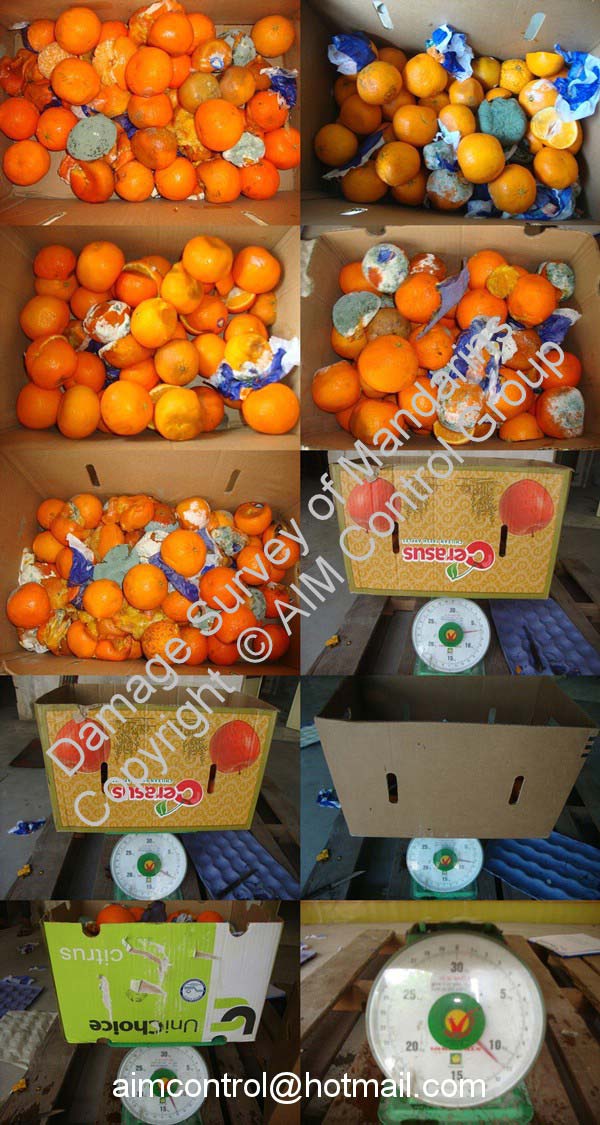
Other activity :
- Quality inspector
- Face Mask Quality Control Inspection
- Fish fillet quality control inspection services
- Timber Wood quality inspection
- Crude and refined oil cargo test and inspection
- Boat Yacht quality inspection and discharging loading survey
- Consumer Goods quality assured inspection
- Zinc Oxide quality inspection and loading discharging supervision
- Freight Inspection of transport goods
- Product quality inspection

